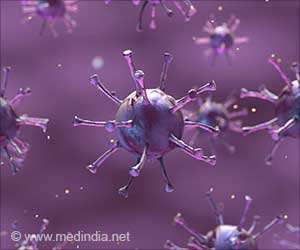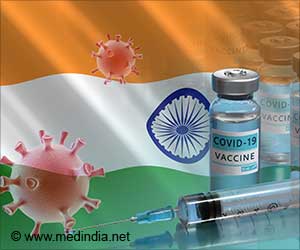The KP.2 COVID variant, an Omicron subvariant with increased transmissibility, has overtaken other strains in India.

COVID-19 Variant Update
Go to source), part of the FLiRT variant within the Omicron lineage, is a descendant of Omicron's JN.1. Omicron was known for its high transmissibility and immune escape. KP.2 was first detected in India in December 2023, specifically in Odisha.
What is KP.2 COVID Strain
The study, by a team of Indian scientists from BJ Government Medical College & Sassoon General Hospitals, involved 5,173 Indian SARS-CoV-2 whole genome sequences with collection dates between November 2023 and June 2024.‘The #KP.2 strain, a descendant of #Omicron's JN.1, is part of the #FLiRT variant known for its high transmissibility and immune escape. It was first detected in India in December 2023. #COVID’





“Despite the affected individuals experiencing mild symptoms, studies have shown lower neutralisation titers and high infectivity due to FLiRT mutations, suggesting KP.2’s potential rise to global dominance,” Dr. Rajesh Karyakarte, Professor and Head, Department of Microbiology, BJ Government Medical College, wrote in a post on social media platform X. The study published in the Cureus: Journal of Medical Science analysed 5,173 sequences, and found JN.1 as the predominant lineage (65.96 percent), followed by KP.2 (7.83 percent) and KP.1 (3.27 percent).The majority of KP.2 sequences were from Maharashtra (61.23 percent), followed by West Bengal (9.38 percent), Gujarat (6.67 percent), and Rajasthan (5.93 percent).
The overall recovery rate for KP.2 cases was 99.38 percent, with only 0.62 percent succumbing to the disease. Dr. Karyakarte said the highly transmissible variant caused “symptoms such as fever, cold, cough, sore throat, body ache, and fatigue” which were “generally not severe”.
It also showed the “ability to evade immune responses underscoring the virus's ongoing adaptability.” Further, Dr. Karyakarte noted that the “study highlights the critical need for genomic surveillance based on clinical cases.”
He also pointed out the “declining active surveillance, testing rates, and wastewater monitoring” was a hinderance to accurately assess the true burden of Covid.
Advertisement
Reference:
- COVID-19 Variant Update - (https://www.idsociety.org/covid-19-real-time-learning-network/diagnostics/covid-19-variant-update/)
Source-IANS














